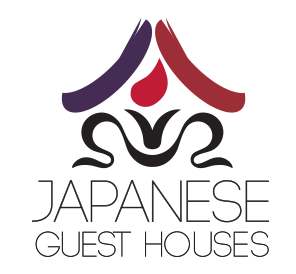Hot springs have a very long history in Japan, and they are an intimate part of Japanese culture. There are over 3,000 "onsen" ,or hot springs, in Japan. Many can be found at the ryokans available on Japanese Guest Houses.
Popular Destinations
Kyushu
Hokkaido
Kansai
Tohoku
Shikoku
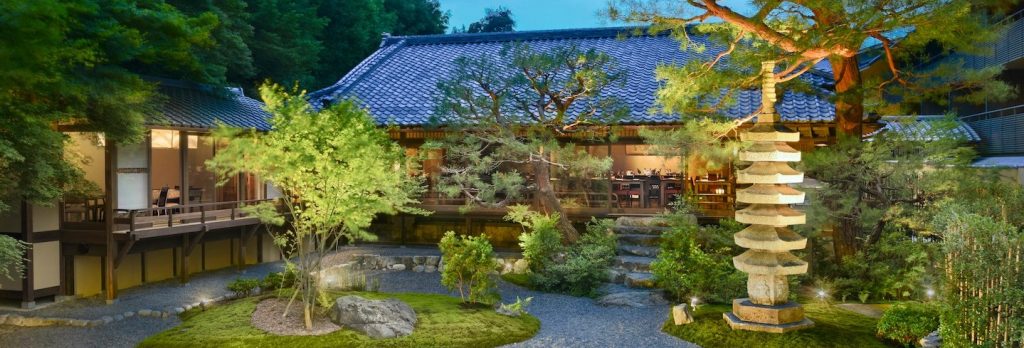
Just as there are many different ryokan room prices, there are also many different types or styles of ryokans. No two ryokans are the same, and the quality of ryokan varies dramatically. On the low end of the scale is what we call a “standard ryokan” and at the upper end of the scale is our “luxurious ryokan.” In general, you get what you pay for. On the one hand, if you are only paying 8,000 yen per guest then expect the basic, no-frills, ryokan experience. On the other hand, if you are paying 40,000 yen per guest then you will probably have an exceptional ryokan experience with wonderful food, a gorgeous room, a Japanese cypress bath, a view of a Japanese garden, first-class service, and so on. We have created a list of ryokan styles to help you better understand the different types of ryokans and what to expect if you stay at one of them:
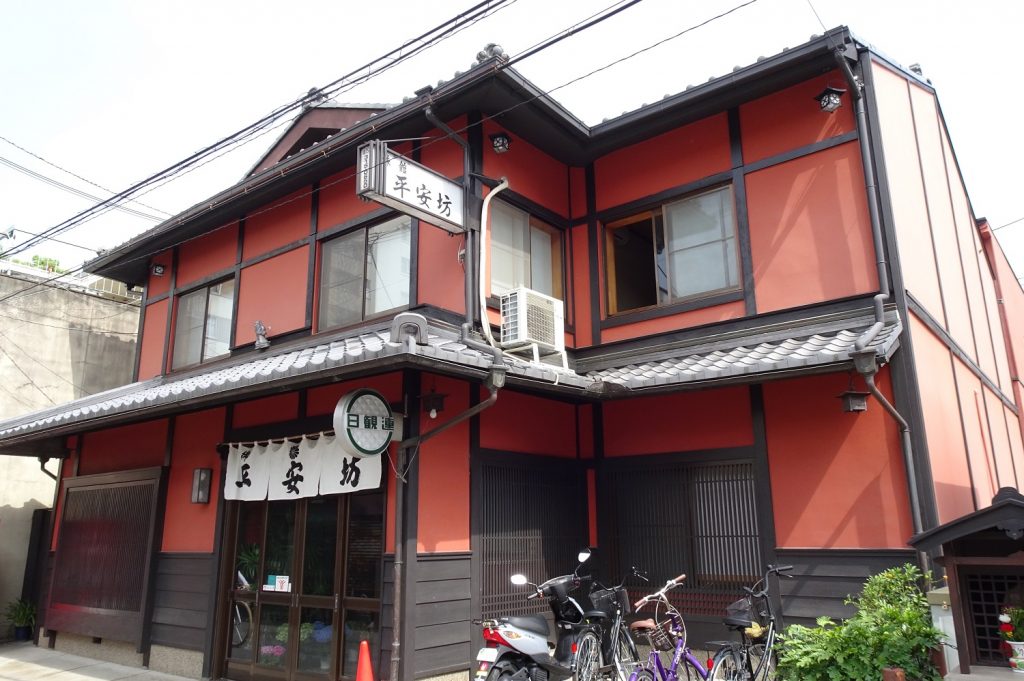
A simple ryokan offers guests a basic, “no-frills” version of a Japanese ryokan. The building is usually plain and looks more like a small inn or hotel than a Japanese ryokan. Inside a simple ryokan there is a little traditional atmosphere but nothing like what you would see in a traditional or modern ryokan. The rooms will be Japanese-style but the attention detail will be lacking and it might be in need of some repair. A simple ryokan is a ryokan experience “on the cheap,” a ryokan experience without the usually higher ryokan prices found in other traditional or modern ryokans. A simple ryokan is perfect for you if you are on a budget but still want to stay at a ryokan.
Ex: Heianbo
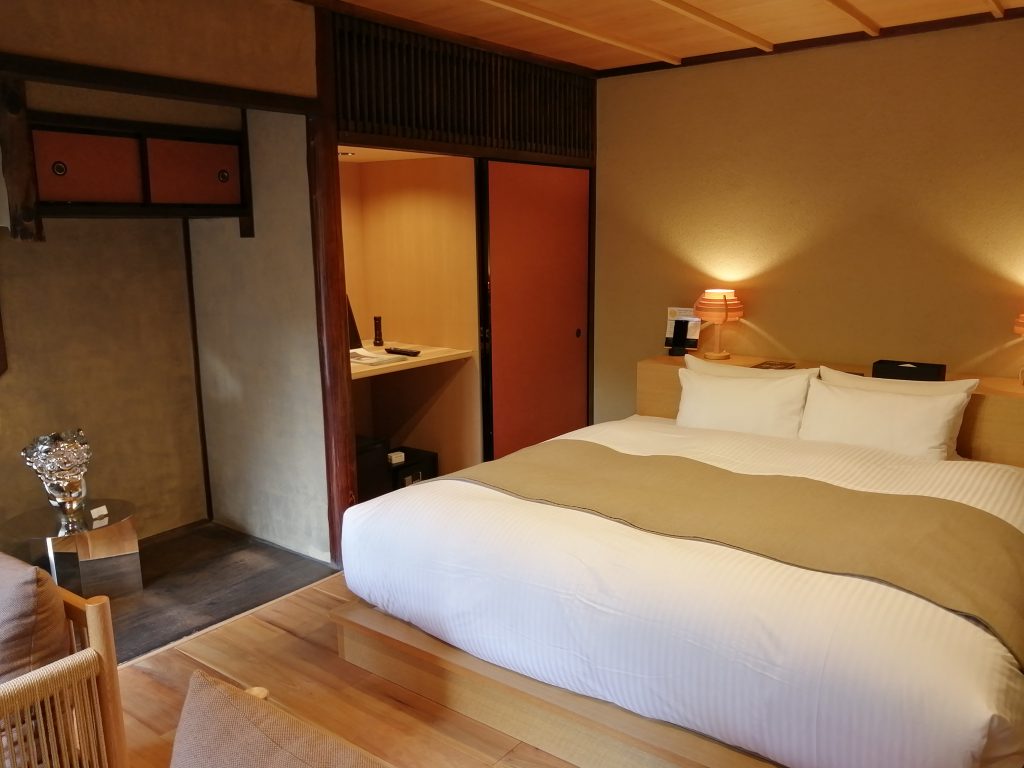
A modern ryokan gives travelers a wonderful balance between traditional Japanese styling and modern comfort. Most are renovated traditional buildings that maintain traditional Japanese aesthetics yet offer modern conveniences like modern insulation, sound damping technology, central heating, modern bedding and ensuite baths. The innkeepers at modern ryokan pay careful attention to details whether the building is new or renovated. Many modern ryokan serve dinner but others do not. A modern ryokan is right for you if you want an authentic Japanese experience but also want to be comfortable.
Ex: Nazuna Kyoto Gosho
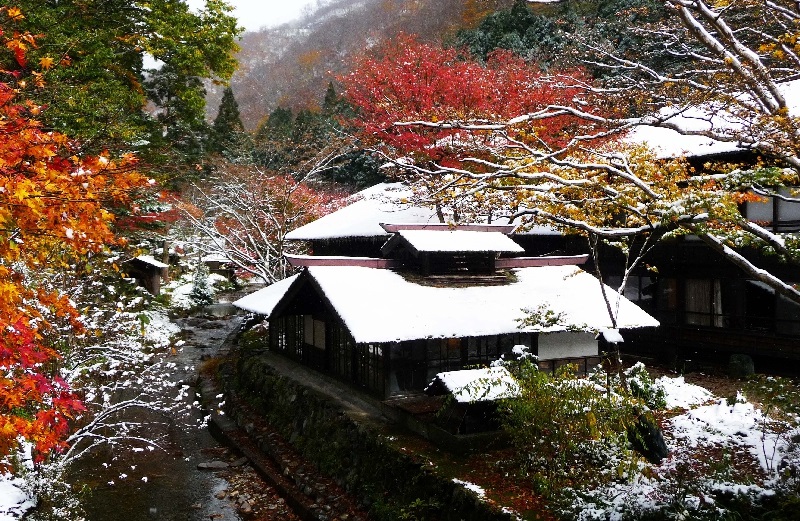
A traditional ryokan is a traditional Japanese inn in the truest sense of the term. The owners take great pride in preserving the building’s traditional atmosphere and history. Indeed, the preservation of the ryokan in its original form is deemed more important than catering to the comfort of the guests. Staying in a traditional ryokan would be like staying in a European castle – wonderful atmosphere but at the expense of hotel-style comfort. The Japanese-style rooms and baths are comfortable but they can be dark and drafty. Most traditional ryokans serve kaiseki meals in guests’ rooms which is a highlight for most travelers. A traditional ryokan is ideal for travelers wishing to experience old and traditional Japan.
Ex: Hoshi Onsen Chojukan
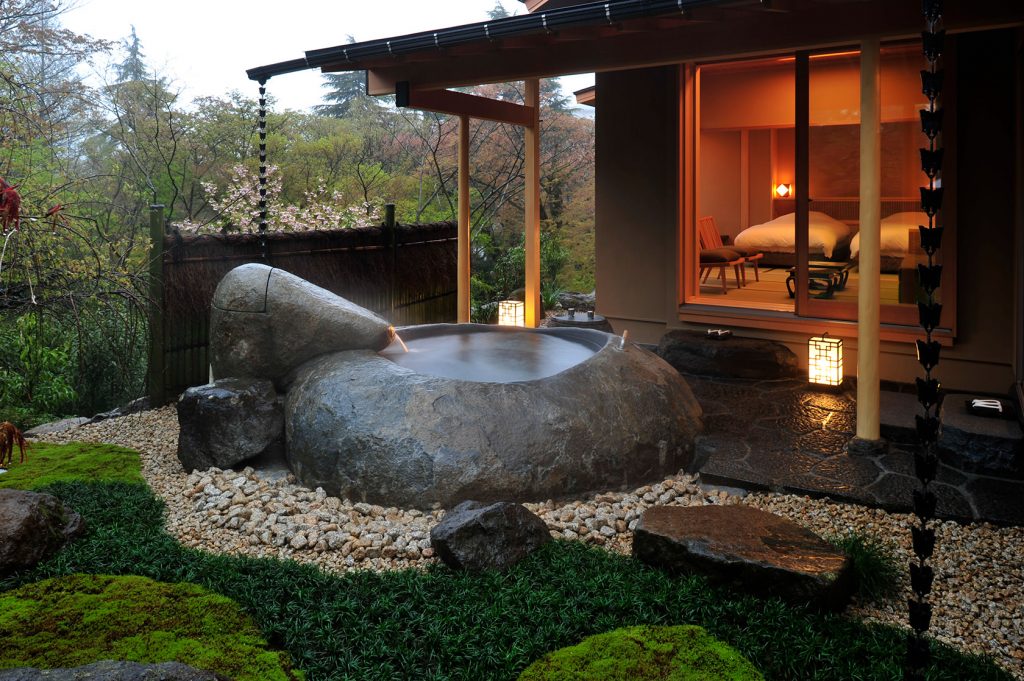
A luxurious ryokan puts the guests’ experience above all else. The owners and staff go out of their way to make sure the guests are treated like royalty; in other words, Japanese hospitality at its finest. The Japanese-style rooms and baths are very comfortable, and the traditional, “kaiseki-style” meals are outstanding. Luxurious ryokans are expensive but are well worth it for the seasoned traveler.
Ex: Asaba Ryokan, Gora Kadan
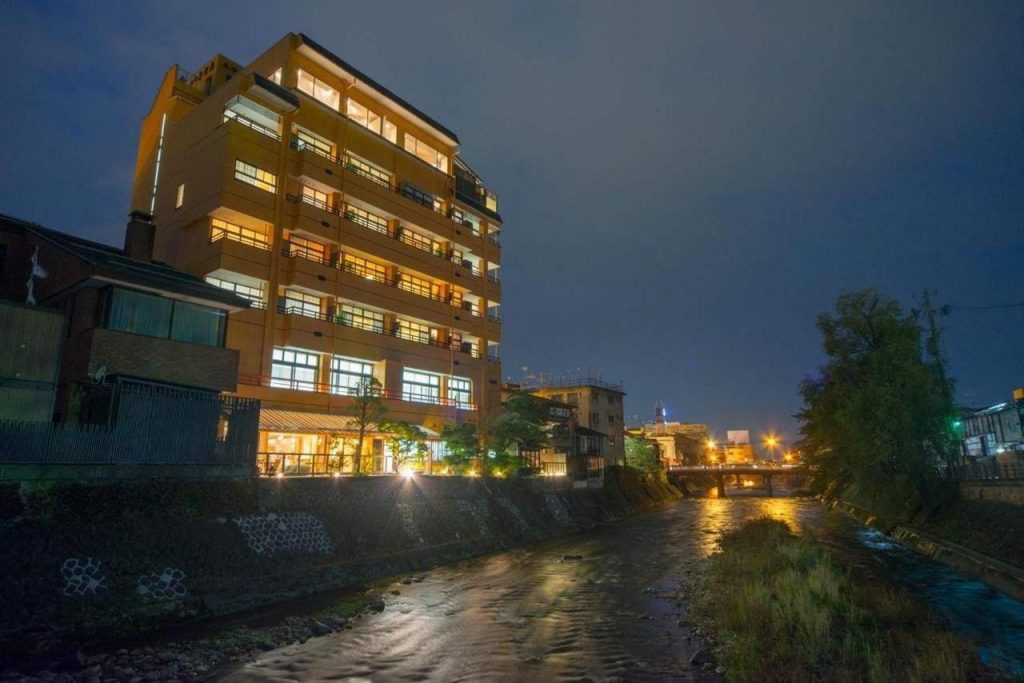
From the outside, a ryokan hotel looks like a normal hotel and when a guest enters the building the lobby looks like a hotel lobby. A ryokan hotel is large and often has amenities like a karaoke room, bar, gift shop, coffee shop and the like. The only real difference between a hotel and a ryokan hotel is the ryokan hotel has Japanese-style rooms and baths but there may also be Western-style rooms. Meals are often served in the guests’ rooms though some are served in dining rooms. Ryokan hotels are ideal for families or for travelers staying in colder areas.
Ex: Hiranoya, Konanso
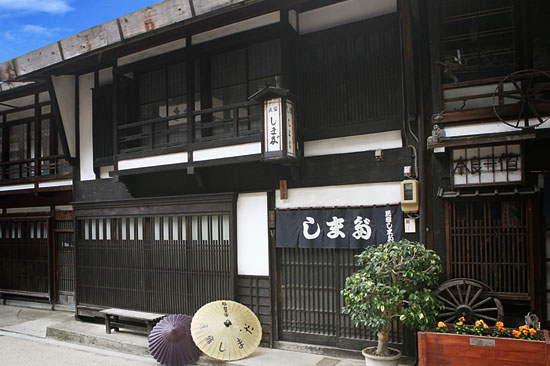
A minshuku is usually a small family run inn with a homey atmosphere and a welcoming innkeeper. Guest rooms are Japanese-style but not as large as the rooms in Japanese ryokans and often do not have ensuite baths or toilets. While the building and rooms are usually clean and comfortable, the rooms and hallways can sometimes be dark and a bit drafty. A minshuku tries to project a “homey” atmosphere and guests are served home-style Japanese cooking. Minshukus are generally inexpensive and the owners pride themselves on their friendly, personalized service. Minshuku are perfect for travelers looking to engage with Japanese people on a personal level and are not focused on modern comforts.
Ex: Minshuku Shimada
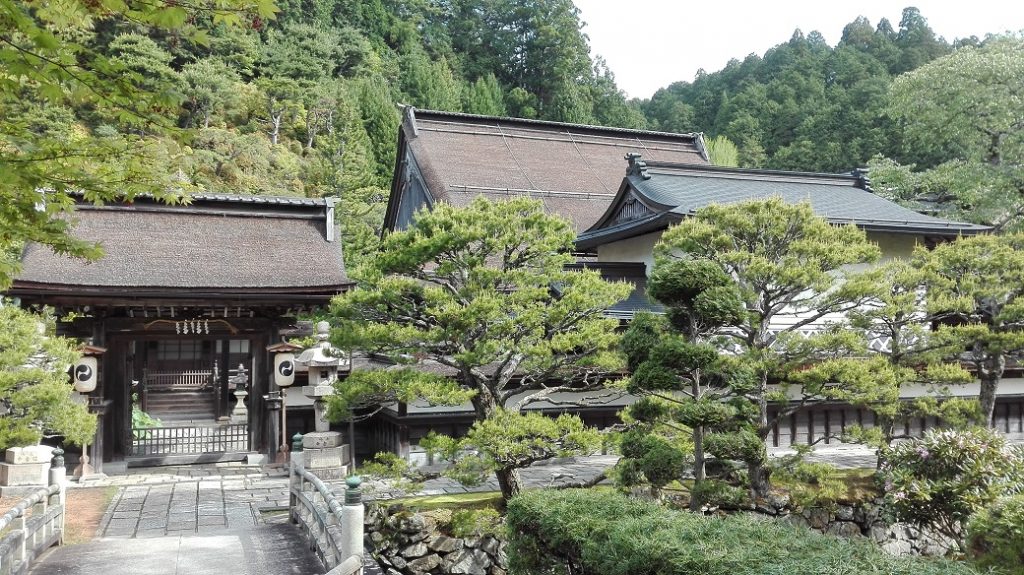
A shukubo or Buddhist temple accommodation is a great way to experience traditional Japanese culture. Shukubo can be found all over Japan but the best place to stay in one is in Koyasan (Mt Koya), just south of Osaka. Shukubo are often houses in older traditional buildings that can be drafty like a traditional ryokan. Rooms rarely have private baths or toilets. The best part of a shukubo is the shojin ryori or monks cuisine which are vegetarian meals prepared by the monks. In the morning travelers will have a chance to observe the monks morning prayers before breakfast. A night at a shukubo is perfect for travelers wishing to understand the spiritual side of Japan while also having an amazing dinner.
Ex: Shojoshin-in
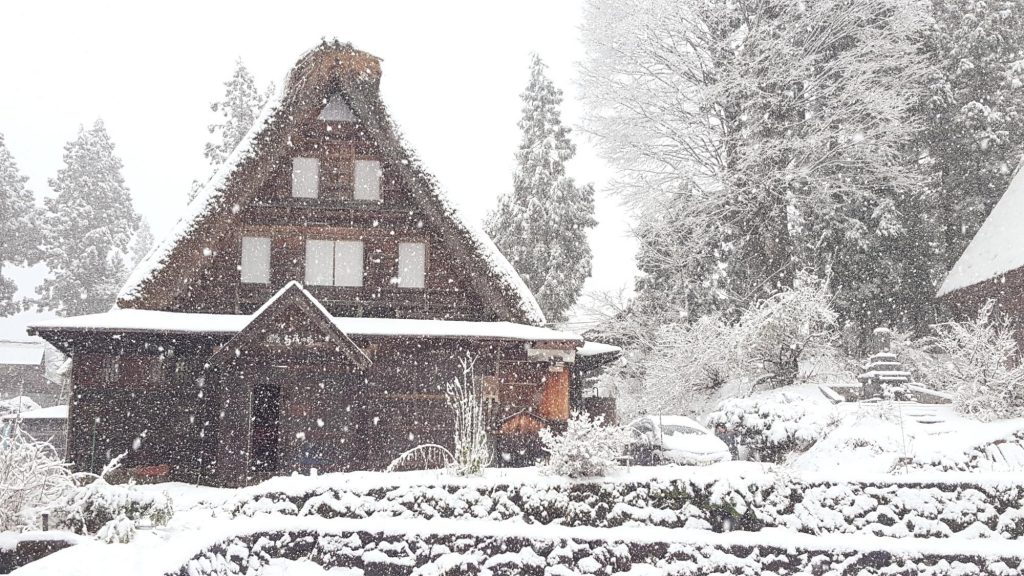
A gassho-zukuri minshuku is a type of family run inn found primarily in Shirakawa-go and Ainokura. The thatched roof of these inns is very steep due to the heavy snowfall in this area, if the roofs were flat then the farmhouses would have been crushed by the weight of the snow. At the center travelers will find a sunken hearth known as a irori and is where a home cooked dinner is served. The smoke from the irori is filtered through the roof as a way of waterproofing and insect repellent. The downside is the inns will smell like a campfire and soot may be found on the walls. All bathing and toilet facilities are shared as adding private baths would destroy the aesthetics of the inn. If you want to see how farmers lived during the Edo period then a gassho-zukuri minshuku is a great place to stay.
Ex: Yomoshiro
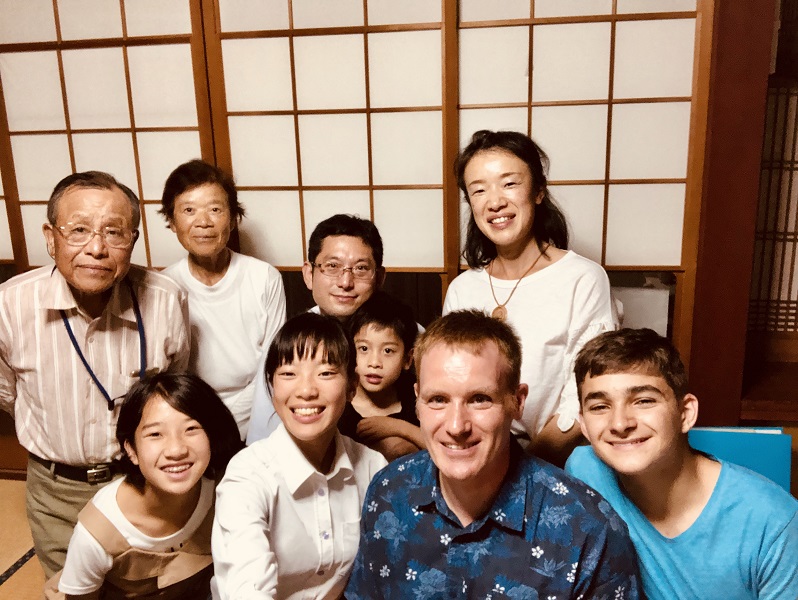
The perfect option if you want to have contact with a Japanese family. Learn more about the culture, customs and lifestyle in Japan. At a Japanese home, guests have the chance to eat home-cooked Japanese food, discover the local culture, and interact with the local people. Your room may be Japanese or Western Style.
Ex: Rural Kyoto Homestays
Hyogo-ken Chijitoroku Ryokogyo 3-609
(Hyogo Prefecture Travel Agent License Number 3-609)
10-5-401-1-(2) Sakae-machi, Kawanishi-shi, Hyogo-ken Japan
Part of the Rediscover Group of Travel Companies Rediscover Japan Co., Ltd. (Japanese Guest Houses)
Website Design & Marketing by: Douglas Marketing Group
